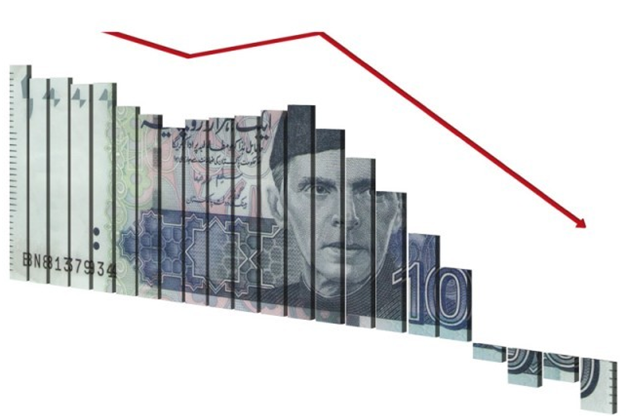ISLAMABAD: The country’s investment-to-GDP ratio has declined during the last three years from 17.3 percent in 2017-18 to 15.4 percent in 2019-20 while national savings increased to 13.9 percent of GDP compared to 10.8 percent in 2018-19.
According to reports, both domestic and Foreign Direct Investment (FDI) contributed to this downslide in investment. The downward sliding investment has detrimental effects on future productive capacity of the economy and growth prospects.
Public sector investment has inched up to 3.8 percent of Gross Domestic Product from 3.7 percent last year, while private sector investment declined from 10.3 percent of GDP in 2018-19 to 10 percent in 2019-20.
On the other hand, national savings have improved to 13.9 percent of GDP from 10.8 percent in 2018-19. Pakistan’s reliance on foreign savings has decreased as marginal increase in investment is compensated with increase in national savings.
Moreover, underlying inflationary pressures largely led by food inflation and supported by upward adjustment of utility prices kept headline inflation high during the year.
Core inflation both in rural and urban areas remained more or less stable reflecting the impact of stabilization policies.
During the first 10 months of this fiscal year, headline national Consumer Price Index (CPI) remained in the double digit and peaked at 14.6 percent in January 2020 before deceleration started in February 2020. Headline national CPI averaged 11.2 percent during July-April 2019-20 compared to 6.5 percent in the comparable period of last year.
Food inflation remained high at 14.9 percent compared to 3.9 percent last year whereas non-food inflation inched up from 8.3 percent last year to 8.9 percent.
Spike in non-core components also impacted slight upward adjustment in core inflation from 7.2 percent last year to 7.7 percent this year. CPI inflation in April 2020 turned into single digit at 8.5 percent.




